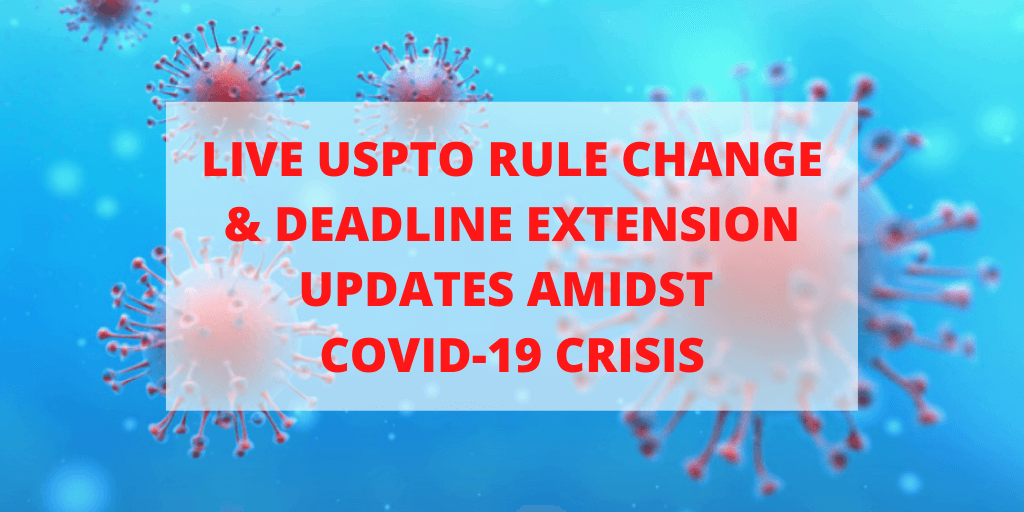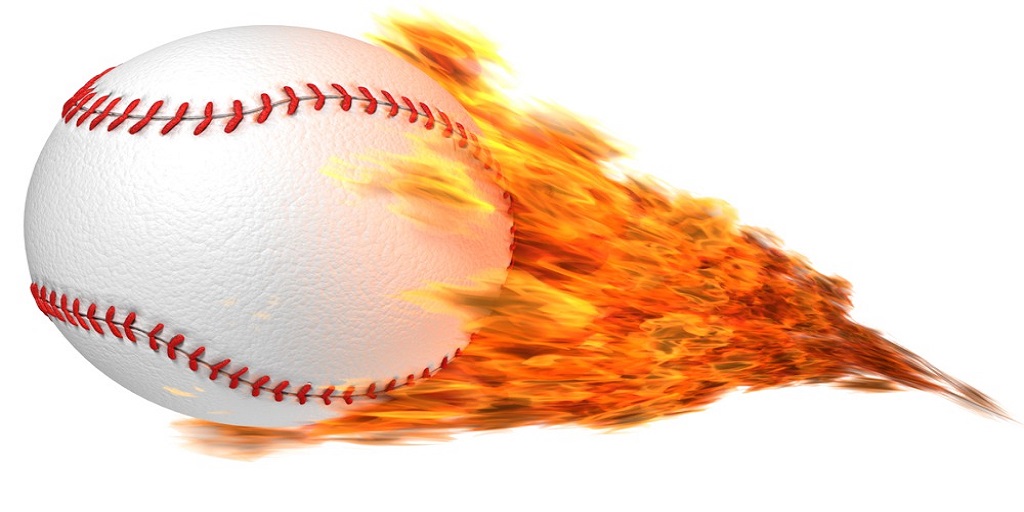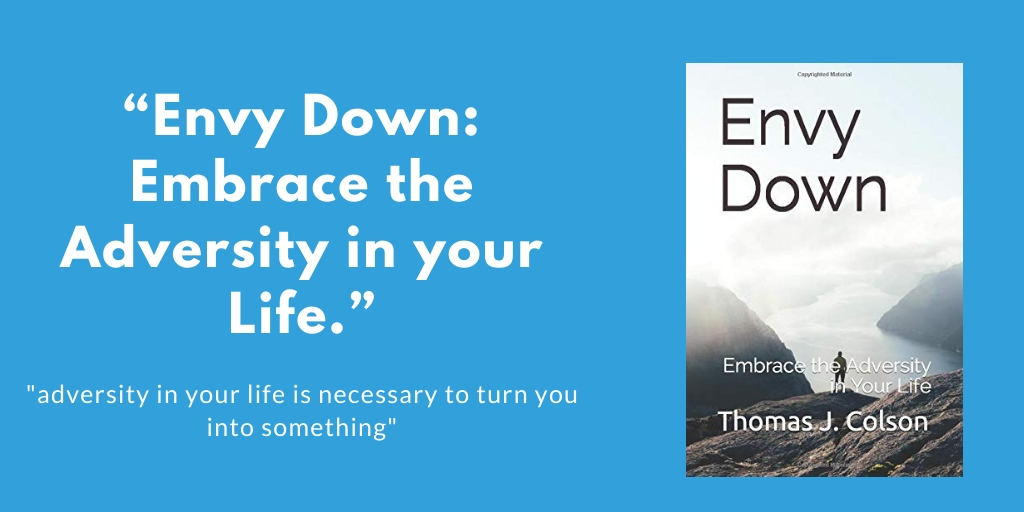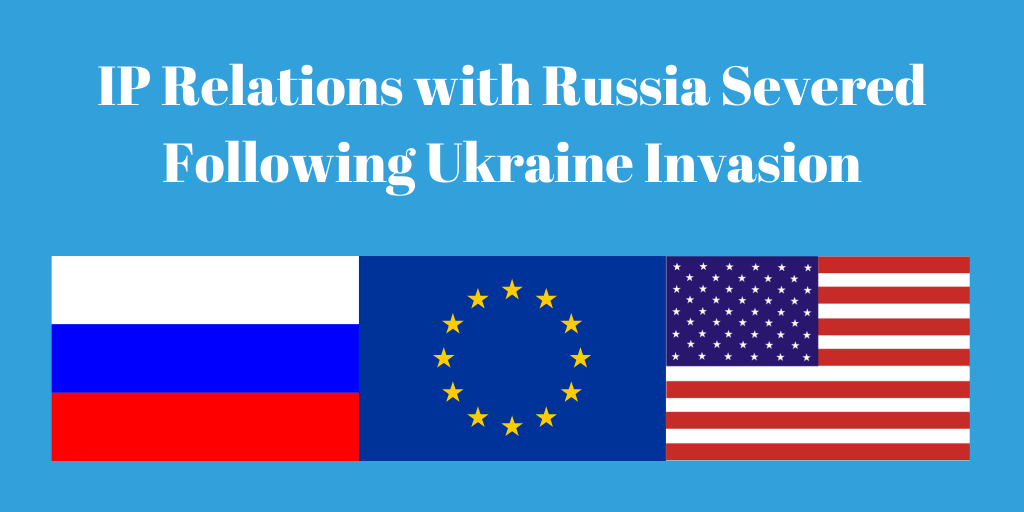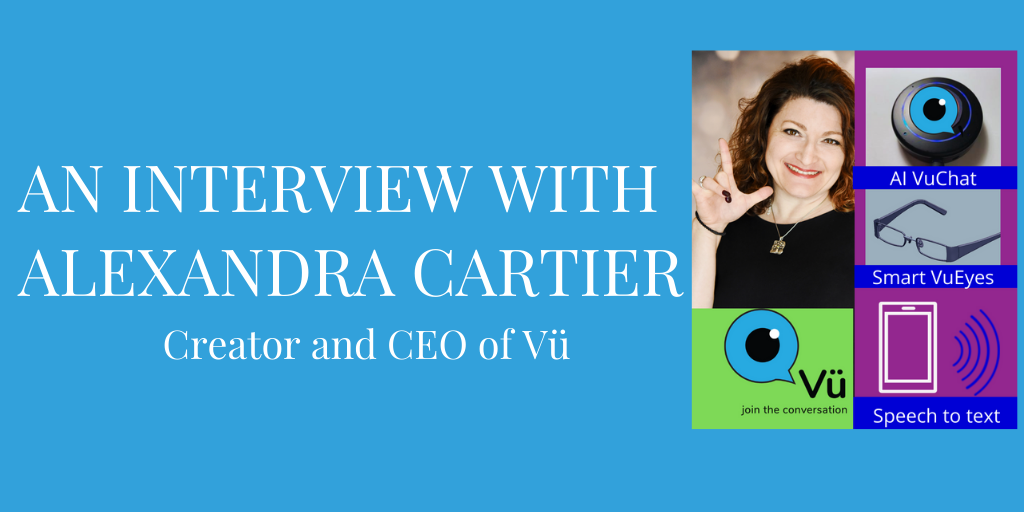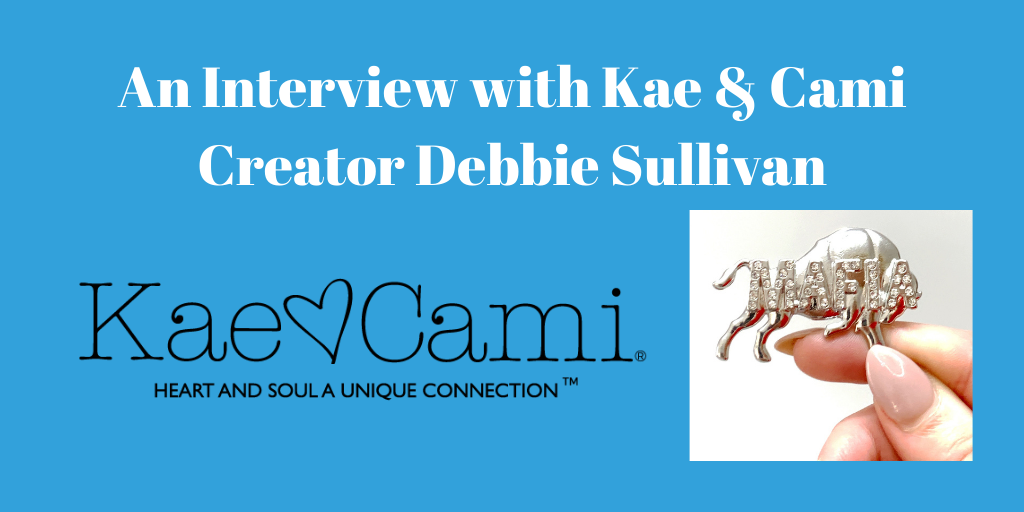What gives an inventor provisional rights? Recently a client asked me to sue a competitor for infringement on her patent application. I told her that even though you can mark articles with the terms “Patent Applied For” or “Patent Pending” these phrases have no legal effect, but only give information that an application for patent has been filed in the United States Patent and Trademark Office. The protection afforded by a patent does not start until the actual grant of the patent.
However, damages for pre-patent grant infringement by another are now available. The American Inventors Protection Act, 35 U.S.C. § 154(d) gives the inventor provisional rights:
“patents issuing on published applications will include the right to obtain reasonable royalties from others who, with actual notice of the published application, made used, sold, offered to sell, or imported the invention as claimed in the published application before the patent was granted.”
Once a patent application is published, an applicant may assert provisional rights. Publication occurs 18-months following the filing date or priority date claimed by an application. These § 154(d) provisional rights provide a patentee with the opportunity to obtain a reasonable royalty from a third party that infringes a published application claim provided:
- actual notice is given to the third party by applicant (the inventor probably needs to send a cease-and-desist letter), and
- a patent issues from the application with a substantially identical claim.
Having this ability to protect an invention is a powerful sword in the inventor’s bag of weapons. It is risky business for your competition to take the chance and sell a patentpending product because they can be sued at a later date and possibly be forced to take all their products “off the shelf.”
But what about the shield? How does the inventor protect an invention? If you give your competition notice of your published application is it possible they will submit documents to shoot down your patent? And what can you do to shoot down somebody else’s patent or patent application?
Following publication, the application for patent is no longer held in confidence by the Patent Office and any member of the public may request access to the entire file history of the application in Patent Application Information Retrieval (PAIR). What are the available ways a competitor can submit prior art against an issued patent or pending patent application to the United States Patent and Trademark Office?
- Third-Party Submissions in Patent Applications (37 C.F.R. 1.99)
- Protests Against Published Applications (37 C.F.R. 1.291)
- Citation of Prior Art in Issued Patents (37 C.F.R. 1.501)
1. Third Party Submissions pursuant to 37 C.F.R. 1.99 are:
- Submissions by the public of patents or publications only
- During the pendency of a published application
Third Party Submissions must be filed within two months from the date of publication of the application (§ 1.215(a)) or prior to the mailing of a notice of allowance (§ 1.311), whichever is earlier. This really isn’t a big window of time. How would anyone even know it was published unless they were constantly searching the United States Patent and Trademark website? Based on this law, I would suggest not giving anyone notice of your pending patent application until at least two months after publication.
2. A protest, pursuant to 37 C.F.R. 1.291, may be filed by:
- Any member of the public, including private persons, corporate entities, and government agencies
- In a pending patent application
- Will be matched with application file if adequately identifies the patent application.
A protest has to be filed before publication or before a notice of allowance. This rule has always bothered me. I think this time constraint should be addressed through patent reform because there aren’t many ways to find out whether an application is pending unless it’s published. I would guess you would need some sort of inside information. Or based upon the marking of patent pending on an object you might guess there is an application,but then you’d have to act as a Detective and find out the application number because it isn’t published.
3. Citation of Prior Art in Issued Patents (37 C.F.R. 1.501) may be filed by:
- Any person, individual, corporate or government entity, real parties in interest, persons without a real interest
- May submit patents or publications along with an explanation
- Having a bearing on the patentability of any claim in a particular patent
I’d like to throw this out for discussion, why does the patent office make it so difficult to either submit third-party submissions or protests by limiting the time in which you can file these types of submissions? How could you protest and identify a patent application if it’s not even published? And isn’t two months from publication such a narrow time period that makes it very difficult for anyone to even find out that there is a pending published application for a Third Party Submission?


